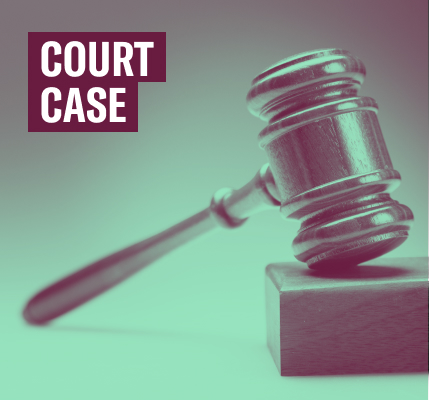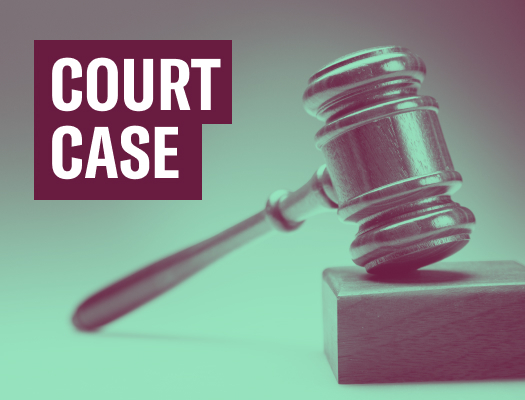In an earlier entry, I discussed some of the legislative challenges we faced in a series of online censorship bills introduced in Congress in 2007. So-called "cyber-bullying" is the most recent threat to online speech to come into the public vernacular. The term has become popularized following the much-publicized story of Megan Meier, a teen who committed suicide after reading abusive messages allegedly sent through MySpace by a classmate's mother. The incident has become the latest rallying cry to regulate content on the Internet.
"Cyber-bullying" is a loaded term to be avoided by anyone interested in engaging in an objective look at online speech. Like past legislative attempts to justify online censorship, such as the "Deleting Online Predators Act" (DOPA) and the "Securing Adolescents From Exploitation-Online Act" (SAFE Act), the term is intended to stack the deck against the First Amendment. Specifically, it is meant to imply the regulation of unlawful conduct, not the censorship of protected speech, under the guise of protecting our children.
Nothing could be further from the truth. As reprehensible as some online speech may be, the First Amendment protects the bad with the good. Many commentators vilified the ACLU for defending the right of Nazis to protest in Skokie, Illinois, a town with a Jewish population of over 40,000, including over 7,000 survivors of Nazi death camps. Indeed, the ACLU lost over 30,000 of its own members by taking that courageous stand.
Quoting Cohen v. California ,the Illinois Supreme Court explained why the Nazis had a right to protest and display an offensive symbol like the swastika in a predominately Jewish community:
We do not doubt that the sight of this symbol is abhorrent to the Jewish citizens of Skokie, and that the survivors of the Nazi persecutions, tormented by their recollections, may have strong feelings regarding its display. Yet it is entirely clear that this factor does not justify enjoining defendants' speech.... we are often 'captives' outside the sanctuary of the home and subject to objectionable speech. The ability of government, consonant with the Constitution, to shut off discourse solely to protect others from hearing it is, in other words, dependent upon a showing that substantial privacy interests are being invaded in an essentially intolerable manner. Any broader view of this authority would effectively empower a majority to silence dissidents simply as a matter of personal predilections.
Ashcroft v. ACLU, which struck down the "Child Online Protection Act," and Reno v. ACLU both tell us that online speech is entitled to similar protection. The First Amendment does not permit targeting speech merely because it is offensive, reprehensible, or even hurtful to the unsuspecting listener.
Instead, censoring online speech is impermissible under the First Amendment, unless it falls into one of a few narrow exceptions or amounts to unprotected conduct. Recent news reports indicate that law enforcement has concluded that the mother's alleged speech in the MySpace case did not cross either line. Laws on the books that criminalize intentionally harmful behavior and conduct are sufficient to address "cyber-bullying" to the extent that online activities do not encompass protected speech or other First Amendment rights.
The solution to offensive online speech is not to engage in the knee-jerk reaction of saying it should be banned. Rather, like any product available in a marketplace, it highlights the need for greater consumer awareness. Caveat emptor applies to the Internet's marketplace of ideas. Parents, not the government, are best positioned to police the websites and content that their children access. Efforts to inform parents and their children about what is available online should be encouraged. Ultimately, the only way for the Internet to remain a true marketplace of ideas for the 21st Century is to continue to promote the free exchange of information and speech, with the understanding that online speech can be as beneficial or as hurtful as speech occurring offline.



